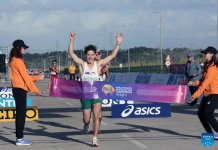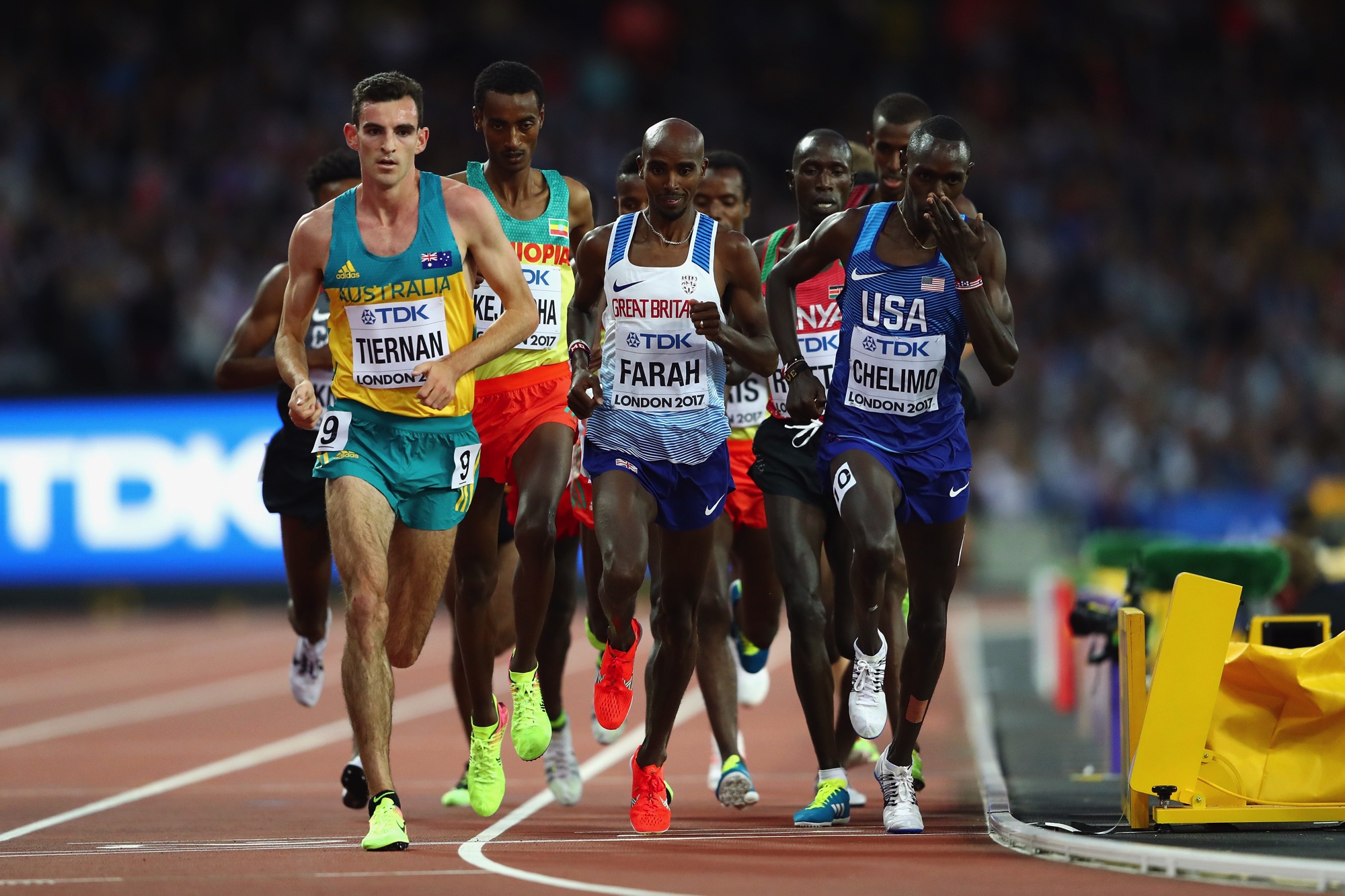MATT FITZGERALD – Runner’s Tribe
Matt Fitzgerald is an acclaimed endurance sports coach, nutritionist, and author. His many books include The Endurance Diet, 80/20 Running, and How Bad Do You Want It?
Recently I discussed the idea that innovation in endurance training methods obeys the Law of Good Enough, as I call it. This simply means that elite coaches and athletes identify and adopt better training methods at a pace that is no faster than is necessary to succeed again existing performance standards. An important implication of the Law of Good Enough is that, at any given time, there exist available methods that could give athletes an advantage but are not adopted merely because it is possible to succeed without them—at least for now.
There ideas were still fresh in my mind when I read a new study that might be a case in point. Conducted by a team of Spanish researchers led by Jose Gonzalez-Montesinos and published in the International Journal of Environmental Research and Public Health, this study investigated the effects of a novel method of respiratory muscle training (RMT) in competitive cyclists. Respiratory muscle training entails training the breathing muscles independently of the rest of the body for the purpose of removing respiratory muscle performance as a limiter to overall endurance performance. RMT has been studied for many years, with mixed but largely positive results. Despite these findings, though, RMT hasn’t caught on among serious endurance athletes.
Why not? Existing RMT require that athletes perform workouts for their breathing muscles at rest, outside of their normal whole-body workouts. It’s easy to see how this requirement could be perceived as onerous, not worth the bother if it’s possible to succeed without adopting the practice. The new study by Gonzalez-Montesinos et al. aimed to lower this barrier by combining respiratory muscle training with whole-body endurance training.
Eighteen elite cyclists were separated into an RMT group and a control group. The two groups completed identical nine-week structured training programs overseen by a Spanish national cycling coach. Members of the RMT group performed all of their rides while wearing FeelBreathe nasal restriction devices, which look a lot like Breathe Right strips but work in the opposite way, constricting the nostrils instead of dilating them. Members of the control group, obviously, trained without the device. Various physiological and performance measurements were taken on both groups before and after the nine-week training period.
In a word, FeelBreathe worked. VO2max increased by an average of 1.8 percent and power-to-weight ratio by a whopping 14.3 percent in the RMT group, while the corresponding numbers in the control group were -0.4 percent and 3.0 percent. The improvements seen in members of the RMT group were directly attributable to changes in breathing characteristics—specifically minute ventilation, breathing frequency, carbon dioxide output, inspiratory time, and expiratory time. On the basis of these findings, the authors concluded that “RMT using [FeelBreathe] seems to be a new and easy alternative ergogenic tool which can be used at the same time as day-to-day training for performance enhancement.”
If this article is beginning to sound like a sponsored post, I assure it’s not. I’d never even heard of FeelBreathe before I read this study. In fact, even if my goal in writing this post were to sell the product, I wouldn’t know where to send you to purchase it. Go ahead and Google it yourself. The only links that come up are for the study I just described and a couple of previous studies involving the same device.
But the inaccessibility of FeelBreathe might not be the only factor that stops this new form of respiratory muscle training from sweeping endurance sports. Another, as I’ve already suggested, is the Law of Good Enough. To be clear, I am not ready to conclude on the basis of a single study that this new form of RMT works definitively enough that every athlete should start doing it. But even supposing it does, there are inertial forces operating in endurance sports that could prevent it from catching on for some time to come. To the extent that the nasal restriction approach doesn’t require separate workouts, the barrier to adopting RMT has been lowered. It remains to be seen, though, whether it has been lowered enough.
So, what’s my point? I guess my point is this: Don’t be afraid to be the athlete who tries something first. Not every athlete cares about performance enough to leave no stone unturned in pursuit of improvement, but if you do, then try to remain aware of the Law of Good Enough and how it might be holding you back unnecessarily. Be skeptical and selective in deciding what’s worth trying, but also be openminded and independent. And if you figure out where a man can buy a pack of FeelBreathe strips, let me know.






























Hi Matt, thanks for the article!
Surprising these are not available for purchase when they’re patented…
Leaves us with other devices for respiratory muscle training – which ones would you recommend? A device I’ve come across is the Idiag P100, which seems to be the only device in the market that offers respiratory muscle ENDURANCE training. How important is the differentiation between endurance and strength training when it comes to respiratory muscles? Thank